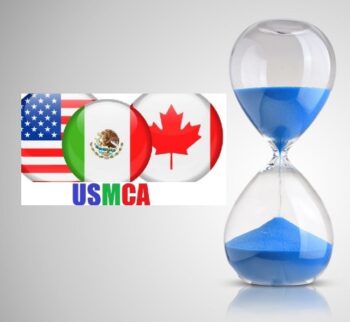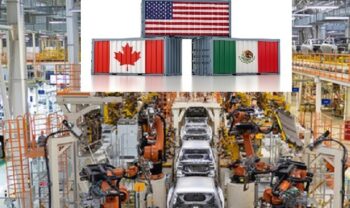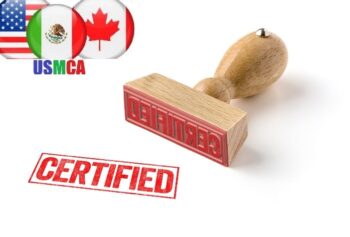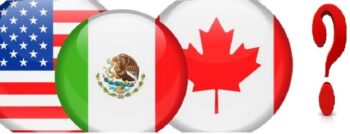USMCA –Key Changes to NAFTA and Preparing for Implementation

The United-States-Mexico-Canada Agreement (“USMCA”) is currently slated to take effect beginning on July 1, 2020. A review of the text of the USMCA reveals that USMCA retains many elements of the North American Trade Agreement (“NAFTA”), while displacing others with new or enhanced rules.
COVID-19 and the Impact on the Asian Apparel Industry

At the time of this writing, it’s not exactly another day in paradise, over 103,000 Americans are no longer with us, there are an estimated 1,500,000 confirmed U.S. cases of the coronavirus, and I am also ballparking at 40,000,000+ unemployment claims filed at the time of this writing, because just two weeks ago it was at 36,500,000.
Chemicals and the USMCA, It’s Not Just How You Mix It to Get a Reaction (or not) From CBP

The USMCA is about to kick into full force on July 1st. Is your chemical company ready? Overall, if you’ve been issuing NAFTA certificates in the past and are already familiar with that process, you might be surprised to find that the USMCA process might allow for more of your goods to qualify than NAFTA did
Obtaining a USMCA Alternative Staging Regime (RTA) for automotive producers in Mexico

USMCA (T-MEC as it is formally called in Mexico) will enter into force on July 1, 2020. At least this is what the government of the Party members, the United States, Mexico and Canada have announced. In this case, operations occurring after this date will no longer be covered by NAFTA as this treaty will be terminated and consequently replaced by the USMCA.
Are You Gonna Sign That Thing? Getting Certified Under USMCA

One of the major changes to come out of this trade agreement is elimination of the NAFTA Certificate of Origin. Instead, the USMCA replaces the Certificate of Origin with a certification. In this regard, the USMCA will more closely resemble other free trade agreements, such as the Korean and Australian, which also utilize a certification.
Small Business Enterprises, Universities & Export Controls; Focusing on the practical and operational aspects in order to win contracts

Last month, we presented a webinar on University Export Controls and received an overwhelming positive response on an area of compliance that is sometimes overlooked, especially when it comes to the collaboration between a school, the private sector, and the government.
Recent CBP Entry Summary Guidance for Pipe Spools from Multiple Countries of Origin – Shapes of Things to Come?

On March 24, 2020, U.S. Customs and Border Protection published Cargo Systems Messaging Service # 42133823 “Entry Summary Guidance for Pipe Spools from Multiple Countries of Origin” (the Message). The Message provided:
Solving Trade Problems Under the New USMCA

This article outlines the various mechanisms available to companies that encounter problems with the implementation and operation of the United States-Mexico-Canada Agreement (USMCA) that officially replaces NAFTA on July 1, 2020. While the new agreement provides many of the same mechanisms as NAFTA, there have been significant changes.
Time to Revisit How We Define “Act of War” in Force Majeure Provisions

On May 4th, 2020, the Department of Homeland Security (“DHS”) intelligence service issued an unclassified four page report which stated in part:
[DHS Intelligence Service] assess the Chinese Government [“Peoples Republic of China” (“PRC”)] intentionally concealed the severity of COVID-19 from the International community in early January while it stockpiled medical supplies by both increasing imports and decreasing exports,” the May 1 DHS report states. (emphasis added).[1]
COVID-19 Regulatory Changes Impacting Importers and Exporters

The ongoing COVID-19 crisis has presented unique challenges for the U.S. supply chain, and for the U.S. economy as a whole. Front and center is the shortage of critical medical equipment and personal protective equipment (“PPE”), including ventilators, respirators, masks, gloves, swabs and other related equipment.
